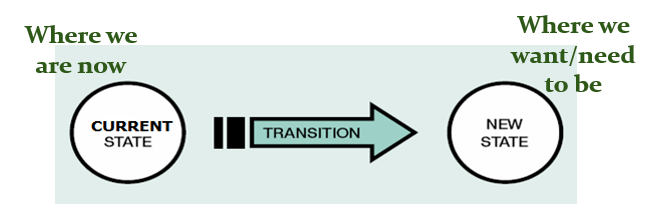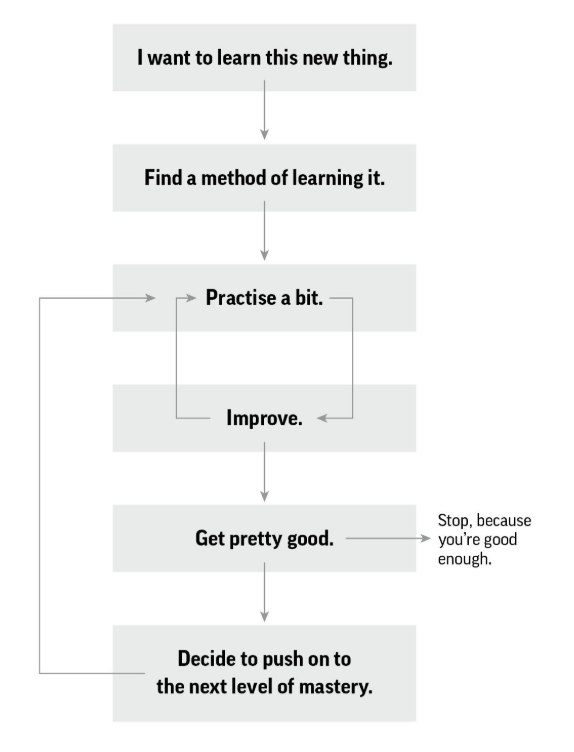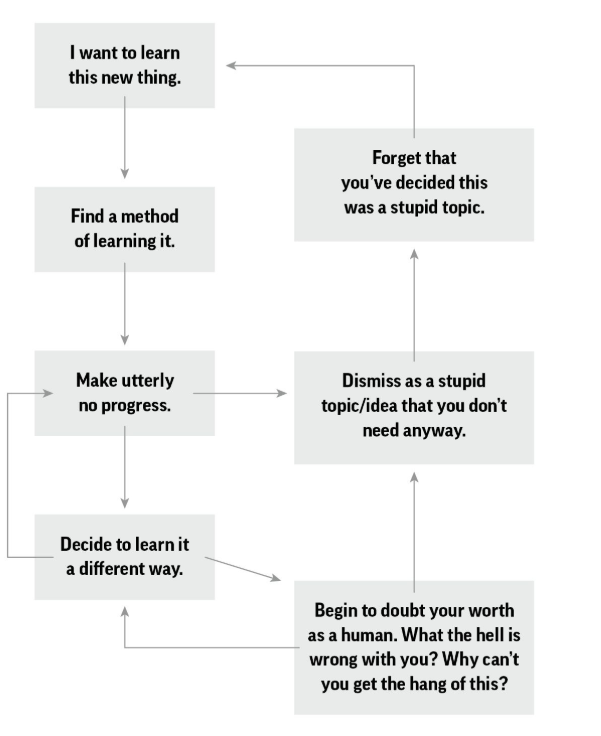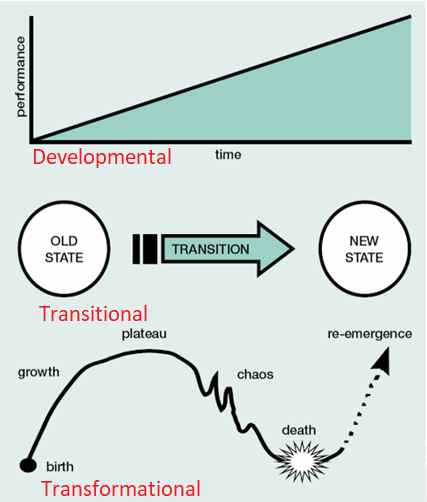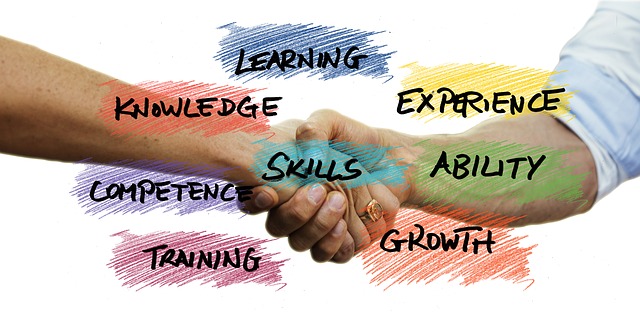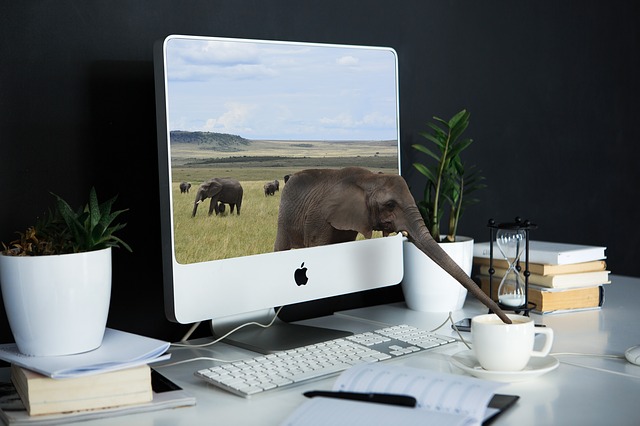
So you’ve done a SWOT analysis and you’ve got a snapshot of where you are now – your strengths, weaknesses, opportunities and threats. And that should be giving you ideas of where you want to go and how to get there.
But beware! We know that the brain has a negativity bias. I’ve already explained that the brain’s threat response is stronger than the reward response. We tend to focus on the bad and overlook the good. (That’s why bad news dominates TV and newspapers – we’re drawn to focus on the negative.)
So when we’re thinking about our own personal development, or we get feedback from others, we often pay more attention to our weaknesses or the gaps in our knowledge, and focus all our energy on fixing them. (I’m sure you’ve experienced this when doing tests. When you get the result, you soon forget that you got an amazing 90%, and you focus on the few bits you got wrong.)
But rather than using a deficit approach and trying to fix your weaknesses, you may gain more from discovering and focussing on your strengths.
Our strengths energise us
Gallup has done a lot of research into this and developed its own character strengths assessment. They have found that you’ll grow more and be more productive and engaged by focussing on your strengths than by improving your weaknesses.
It’s important to say that a strength is not necessarily the same thing as something you’re good at. A strength energises you. You might be good at something (admin, for example) but feel totally drained doing it, so that it is not really a strength for you.
So focussing on strengths with this definition makes sense – you’ll be more positive and energised if you get more opportunity to use your strengths in work and life.
Marcus Buckingham explains this idea in this video:
That’s not to say if there’s a glaring gap in your knowledge or skills that is holding you back, you shouldn’t do something about it. This is not about ignoring your weaknesses completely. But you will be more inspired to do the work to get to where you want to go if you’re able to use your strengths.
So don’t rush past the ‘strengths’ section of your SWOT analysis. Take the time to dig deep and consider how you can build on your unique strengths.
Resources:
Try a free online questionnaire to discover your strengths:

